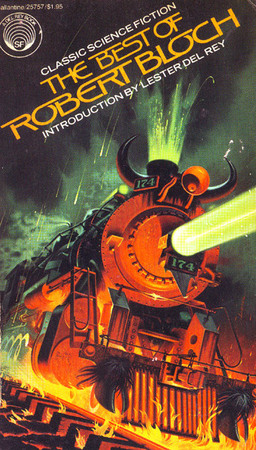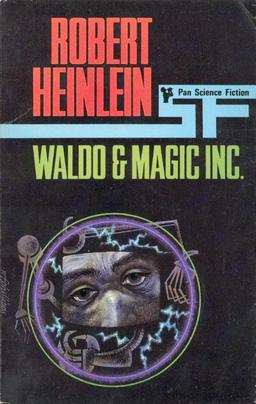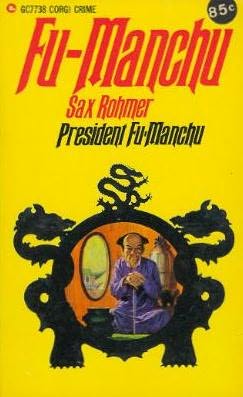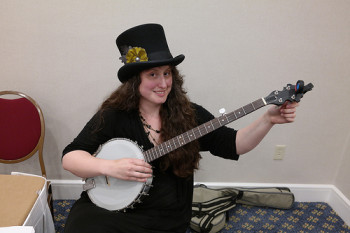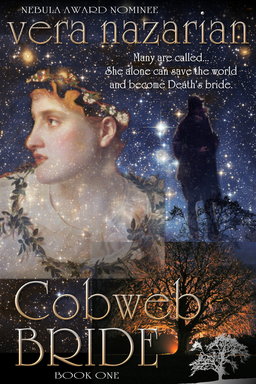New Treasures: House of Fear, edited by Jonathan Oliver
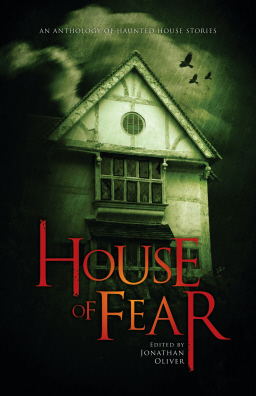 I tip my hat to Solaris Books, the Oxford division of comic publisher Rebellion Developments, who have shown a real commitment to short fiction.
I tip my hat to Solaris Books, the Oxford division of comic publisher Rebellion Developments, who have shown a real commitment to short fiction.
It started with George Mann’s The Solaris Book Of New Science Fiction, which lasted three volumes, only to be reborn as Solaris Rising: The New Solaris Book of Science Fiction under new editor Ian Whates (two volumes so far). In May of this year, they finally showed fantasy some love with Fearsome Journeys: The New Solaris Book of Fantasy.
And you know what? I totally missed their horror volume — an all-original collection of haunted house stories featuring tales from Christopher Priest, Joe R. Lansdale, Eric Brown, Tim Lebbon, Chaz Brenchley, Christopher Fowler, Gary Kilworth, Sarah Pinborough, Lisa Tuttle, Nina Allan, Stephen Volk, and many more. It was released nearly two years ago, but I just got my hands on a copy this week.
The tread on the landing outside the door, when you know you are the only one in the house. The wind whistling through the eves, carrying the voices of the dead. The figure glimpsed briefly through the cracked window of a derelict house. Editor Jonathan Oliver brings horror home with a collection of haunted house stories. The tread on the landing outside the door, when you know you are the only one in the house. The wind whistling through the eves, carrying the voices of the dead. The figure glimpsed briefly through the cracked window of a derelict house.
Editor Jonathan Oliver brings horror home with a collection of haunted house stories by some of the finest writers working in the horror genre.
The book is edited by Solaris Editor-in-Chief Jonathan Oliver, who also directs the Abaddon books line. Where he finds the time to oversee two major publishing houses and edit original fiction anthologies on the side, I have no idea. I was hard-pressed to edit one issue of Black Gate per year, believe me.
House of Fear was edited by Jonathan Oliver and published by Solaris on September 27, 2011. It is 485 pages, priced at $7.99 in paperback and $6.99 for the digital edition. Learn more at the Solaris website.
See all of our recent New Treasures here.
